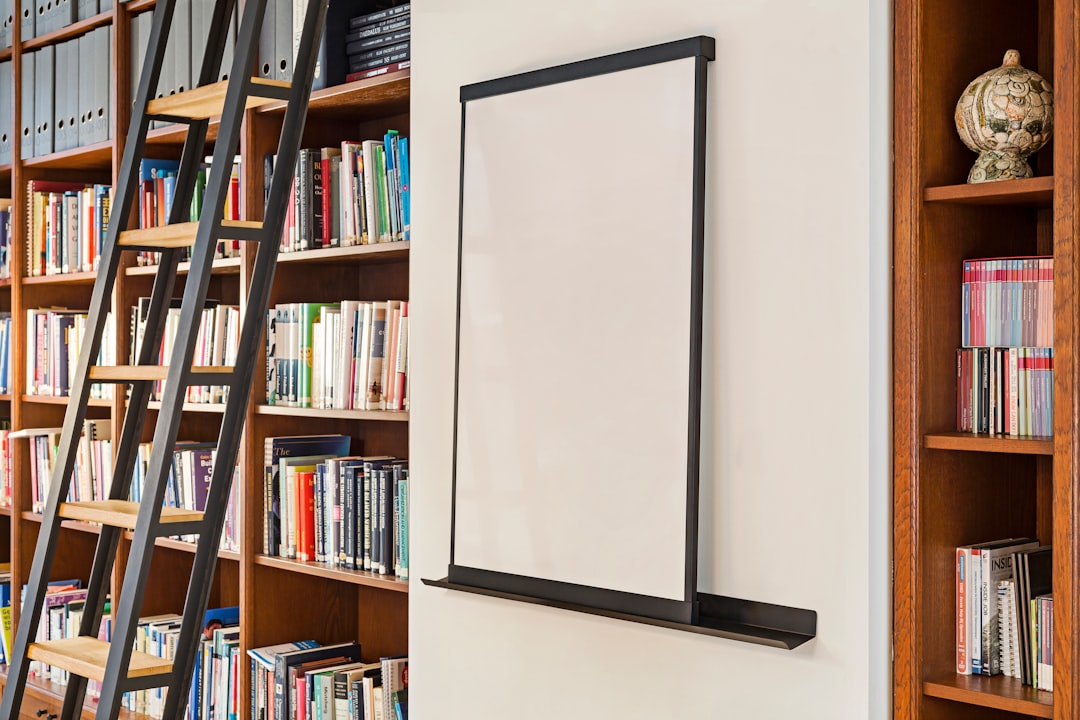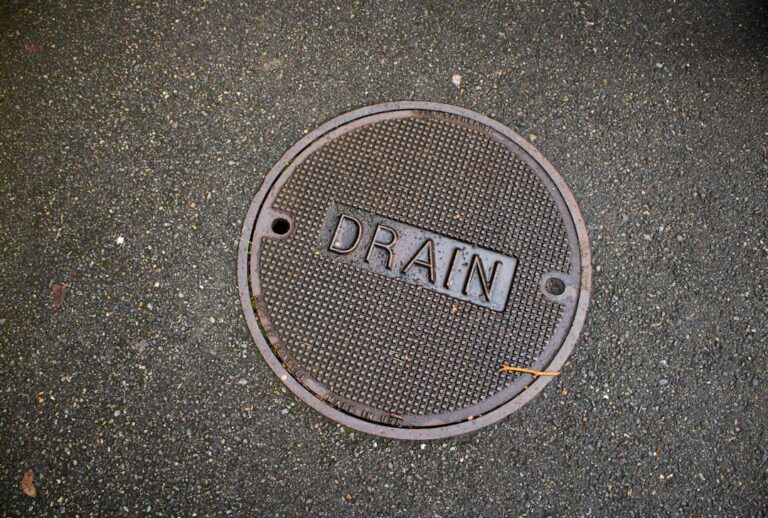The integration of videos into language teaching has revolutionized the way educators approach language acquisition. One of the most significant benefits of using videos is their ability to provide authentic language exposure. Unlike traditional textbooks, which often present language in a decontextualized manner, videos showcase real-life interactions, cultural nuances, and varied accents.
This exposure is crucial for learners as it helps them develop listening skills and comprehension in a way that mirrors real-world communication. For instance, a video featuring a conversation in a café can illustrate not only the vocabulary related to food and drink but also the informal language and idiomatic expressions that native speakers use in casual settings. Moreover, videos cater to various learning styles, making them an inclusive tool in the classroom.
Visual learners benefit from the imagery and context provided by videos, while auditory learners can enhance their listening skills through dialogue and narration. Kinesthetic learners can also engage with video content by participating in activities inspired by what they watch. For example, after viewing a video about a cooking class in a foreign country, students might be encouraged to recreate the dish themselves, thereby reinforcing vocabulary and phrases related to cooking.
This multisensory approach not only makes learning more engaging but also helps solidify language retention.
Key Takeaways
- Using videos in language teaching can improve listening and speaking skills, provide cultural context, and engage students in a multimedia learning experience.
- Incorporating projectors in language lessons can enhance visual learning, provide access to authentic materials, and create interactive and dynamic classroom activities.
- Realia, such as authentic objects, can enhance language learning by providing real-world context, promoting cultural understanding, and making vocabulary and grammar more memorable.
- When selecting and using videos in the classroom, consider the language level of the students, the length and content of the video, and the potential for interactive activities and discussions.
- Creative ways to utilize projectors for language instruction include using them for virtual field trips, interactive games, visual aids for grammar and vocabulary, and showcasing student work.
- Making realia relevant and effective in language teaching involves selecting authentic and culturally relevant materials, integrating them into lesson plans, and providing opportunities for hands-on exploration and interaction.
Incorporating Projectors in Language Lessons
Enhancing Understanding and Retention
The visual aspect of projected materials can significantly enhance understanding and retention, particularly when introducing new vocabulary or grammar concepts. For instance, when teaching about different cultures, a teacher might project images of landmarks or traditional clothing alongside relevant vocabulary, providing students with a visual context that aids comprehension.
Fostering Interactive Learning
In addition to displaying videos, projectors can facilitate interactive activities that promote student participation. Teachers can use projection technology to display online quizzes or games that reinforce language skills. For example, using platforms like Kahoot! or Quizlet Live, educators can create competitive quizzes that students can participate in using their devices, making learning fun and encouraging collaboration among students.
Showcasing Student Work
Furthermore, projectors can be used to showcase student work, such as presentations or creative projects, fostering a sense of pride and accomplishment while also providing opportunities for peer feedback. This not only motivates students to produce high-quality work but also helps them develop essential skills like public speaking and presentation.
Enhancing Language Learning with Realia

Realia refers to real-life objects or materials used in the classroom to enhance learning experiences. In language teaching, incorporating realia can significantly enrich the educational process by providing tangible connections to the language being studied. For instance, when teaching vocabulary related to food, bringing in actual food items or menus from local restaurants allows students to engage with the language in a practical context.
This hands-on approach not only makes learning more enjoyable but also helps students remember vocabulary more effectively by associating words with physical objects. Moreover, realia can bridge cultural gaps and provide insights into the customs and traditions of the target language’s speakers. For example, when discussing holidays or celebrations, teachers might use decorations, traditional clothing, or artifacts from those events to create a more immersive experience.
This not only enhances students’ understanding of the language but also fosters cultural appreciation and awareness. By interacting with realia, students are encouraged to ask questions and engage in discussions that deepen their understanding of both the language and the culture it represents.
Tips for Selecting and Using Videos in the Classroom
When selecting videos for language instruction, it is essential to consider the proficiency level of the students and the specific learning objectives. Videos should be age-appropriate and relevant to the curriculum while also being engaging enough to capture students’ interest. For instance, beginner learners might benefit from short clips that focus on basic vocabulary and simple sentence structures, while advanced learners could handle longer documentaries or films that challenge their comprehension skills.
Additionally, educators should look for videos that include subtitles in both the target language and the students’ native language to aid understanding. Once suitable videos are selected, effective integration into lessons is crucial for maximizing their impact. Teachers should preview the video beforehand to identify key vocabulary and themes that can be highlighted during instruction.
It is beneficial to create pre-viewing activities that activate prior knowledge and set the context for what students are about to watch. After viewing, follow-up discussions or activities can reinforce comprehension and encourage critical thinking. For example, after watching a video about environmental issues in a target country, students could engage in a debate about potential solutions or create a project that addresses those issues within their own community.
Creative Ways to Utilize Projectors for Language Instruction
Projectors offer numerous creative possibilities for enhancing language instruction beyond simply displaying videos. One innovative approach is to use projectors for interactive storytelling sessions where students can contribute to the narrative as it unfolds on screen.
This not only fosters creativity but also reinforces language skills in an engaging manner. Another effective use of projectors is for virtual field trips that allow students to explore different cultures without leaving the classroom. By projecting live feeds or pre-recorded tours of museums, historical sites, or cultural festivals from around the world, teachers can provide students with immersive experiences that enhance their understanding of the target language’s cultural context.
For instance, a virtual tour of a famous art gallery could be paired with discussions about art-related vocabulary and expressions in the target language. This approach not only broadens students’ horizons but also makes language learning more relevant and exciting.
Making Realia Relevant and Effective in Language Teaching

To ensure that realia is relevant and effective in language teaching, educators must carefully select materials that align with their lesson objectives and resonate with students’ interests. For example, when teaching about shopping vocabulary, bringing in actual products or shopping bags from local stores can create a relatable experience for students. This hands-on approach allows learners to practice language skills in a context they are likely to encounter outside the classroom.
Additionally, it is essential to encourage student interaction with realia through guided activities that promote language use. Teachers might set up role-playing scenarios where students take on different roles—such as customer and shopkeeper—using realia as props during their interactions. This not only reinforces vocabulary but also builds confidence in speaking skills as students practice using language in realistic situations.
By making realia an integral part of lessons, educators can create meaningful connections between language learning and everyday life, ultimately enhancing student engagement and retention of new concepts.
In addition to using videos, projectors, and realia in language teaching, educators can also explore the benefits of incorporating herbs and spices for managing diabetes. This article delves into the potential of natural remedies in promoting health and wellness. By understanding the properties and effects of various herbs and spices, teachers can enhance their knowledge and provide valuable information to their students. This holistic approach to education can contribute to a more comprehensive understanding of health and well-being.






















+ There are no comments
Add yours